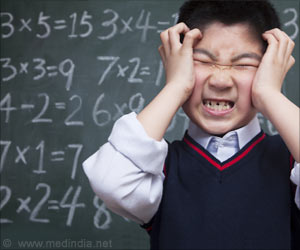
Autism and Emotional Challenge
The study enrolled 40 participants of age group 13-15 years from Year groups 9 and 10. 20 children were recruited from a specialist school for children with autism in the UK and the rest 20 formed the control group from two local schools.
The participants were shown initially with static emotions in photographs (fear, anger, happiness, sadness, disgust, and surprise) followed by allowing them to watch six short films with facial expressions that matched the scene’s context and those that masked their earlier expression.
Although both groups of children were equally proficient at identifying the correct emotion in static images and initial display in the films, the children with autism were unable to correctly identify the masked emotions like a forced smile.
READ RELATED: Kids given sips of booze 'are more likely to see alcohol positively'
“Our findings suggest that children with autism may misjudge the feelings of others due to an over-reliance on facial cues to the detriment of contextual cues, rather than an inability to recognise facial emotion. In fact, we found that children with autism are just as capable as their typically developing peers at recognising static images of facial emotion. However, in everyday life facial expressions are not presented in a vacuum. People commonly attempt to hide their feelings, and therefore accurate recognition of emotion involves processing both facial expressions and contextual cues. We believe this is because these children have difficulties integrating the narrative with the facial expressions, and instead their judgments are guided only by the visible emotion on display. In part, this may be due to the higher cognitive demand that more complex stimuli, such as context, place on processing capacity,” says Dr Stagg, Senior Lecturer in Psychology at Anglia Ruskin University (ARU).
Source: Medindia
Source:









